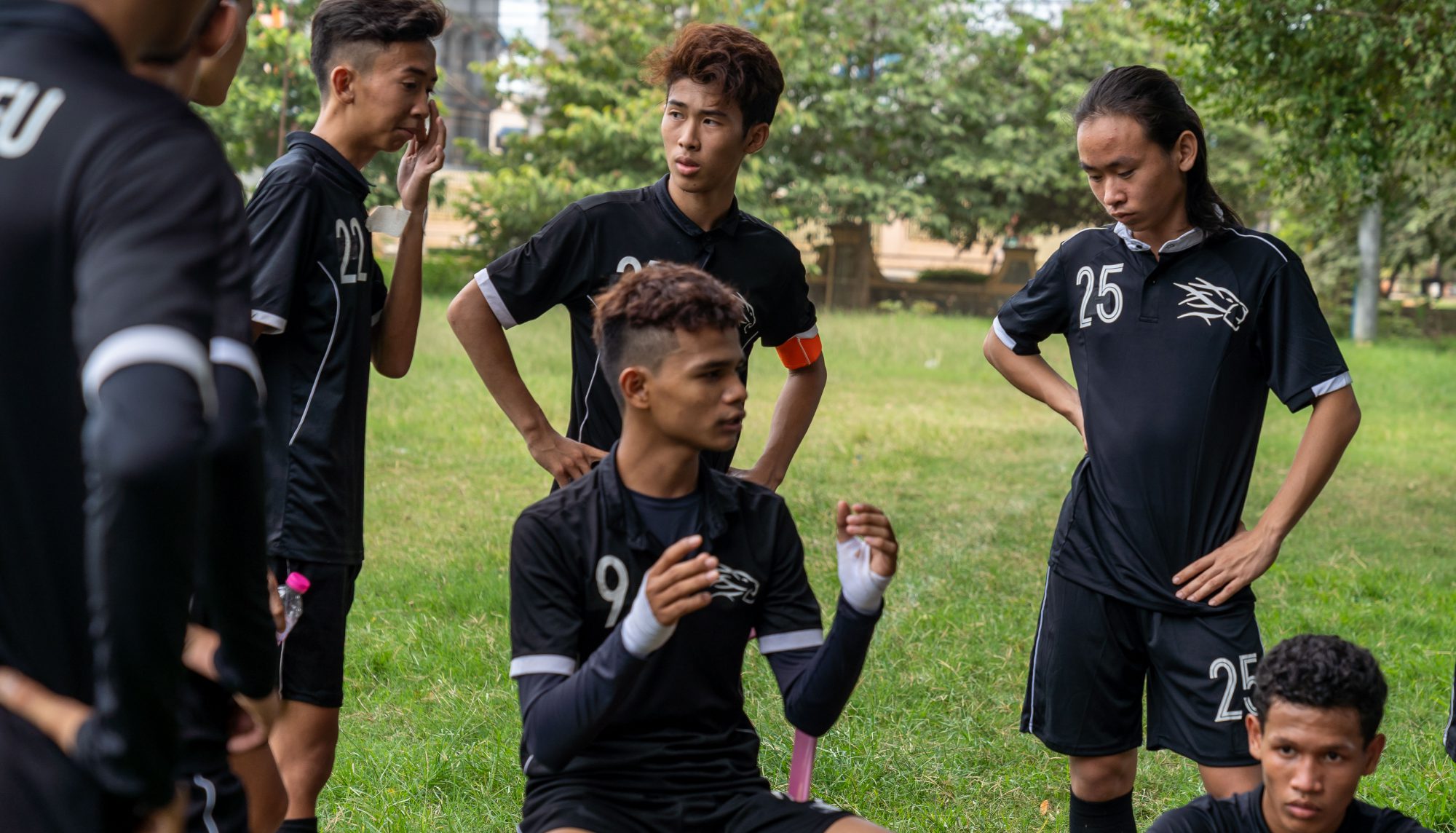Exploration Name: Entrepreneurship
Exploration Dates: August 7th to October 3rd
Number of Students: 13
Location of Trips Taken: ARC Hub PNH office two times a week; ISPP, iCAN, Development Innovations once each to talk to possible customers.
Essential Questions: How to make a business?
Summary:
Find the problem
First we need to find some problem and have some research because when you make the product your product need to fit their problem and when we know the problem we have the idea to make something.
Idea
When we know the problem we need to have the idea that can help the people that need help. our idea is to be very helpful because it is not just our company that make it it have another people make too.
Find the customer
After we know what we are going to make we need to find the customer that we think will buy our product and we need to find at least three customers. we need to think about how old our customer are.
Make a change
When we email to them and their problem not fit to our product we can make some changes to relate to their problem by knowing what problem is the most when we email to them.
Find the place to sell
If we know our customer, our price and our product is good we need to find the place to sell and that place needed to be our customer that they have the problem and our product it help them.
In our group we had 3 product that we had made one was water bottle lid, egg holder, and pencil case we were so happy because we can made the product to sell to other in Cambodia.


